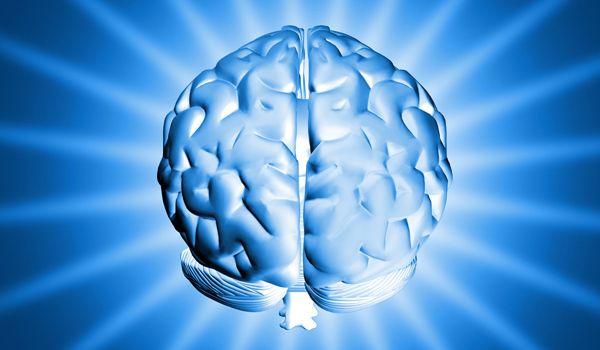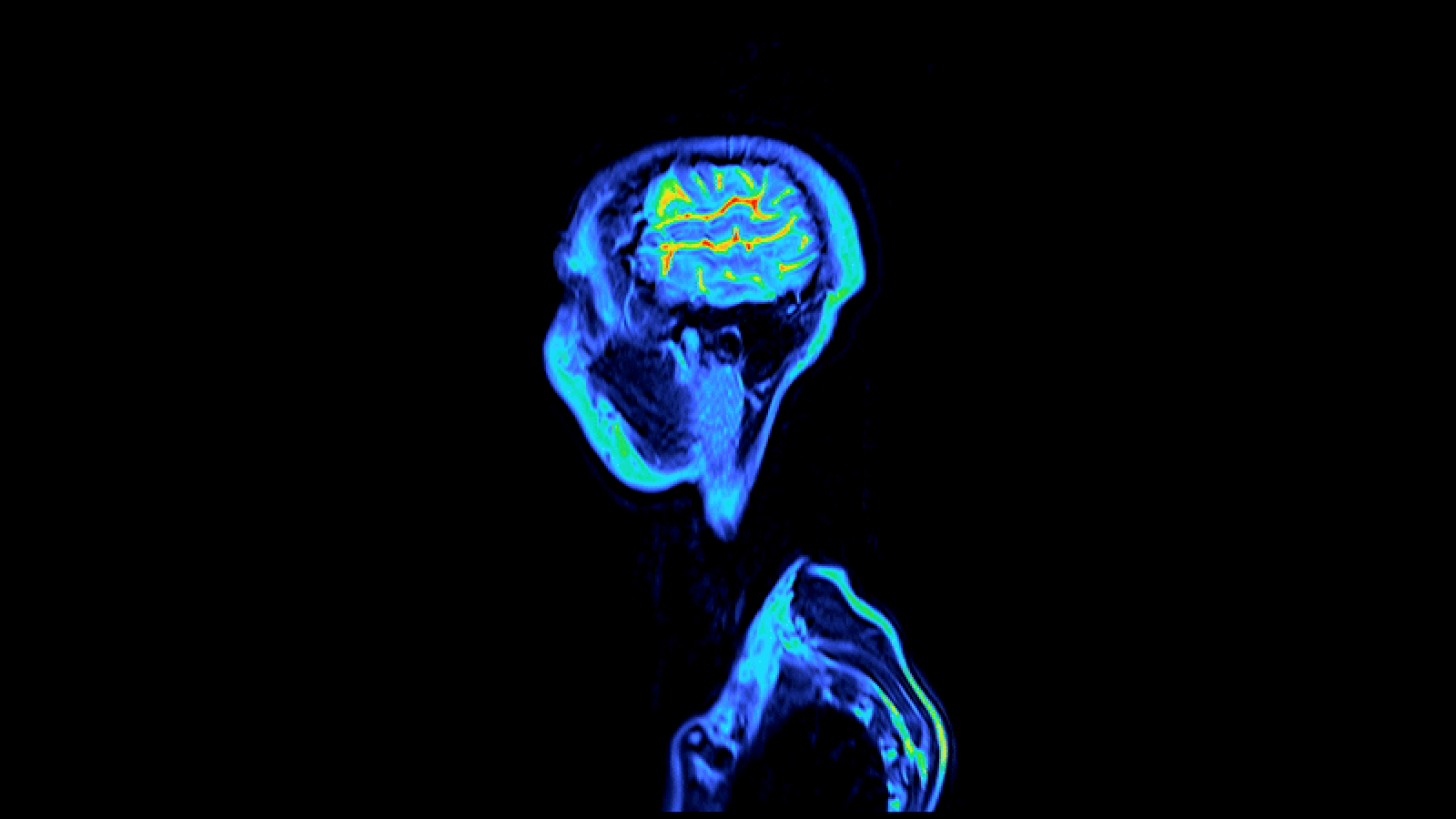Where's Pain in the Brain? Scans Provide Clues

Doctors usually have to rely on patients to tell them when "it hurts," but a new study suggests brain scans could provide a way to objectively measure pain.
In the study, the researchers identified a pattern of brain activity — a "signature" — linked with physical pain.
The signature could be used as an objective tool to assess pain, the researchers said. This may be useful in treating patients who cannot communicate, or those whose reports of pain are called into question. The signatures might also be used to study how well a pain treatment is working.
In the study, researchers, using only scans of people's brains, were able to accurately distinguish between people in pain from heat and those merely experiencing warmth, or those experiencing emotional pain from a recent breakup.
The more physical pain a person was in, the more pronounced the signature was. What's more, the signature was reduced in people who took pain medications.
However, much more research is needed before this technique could be used in a doctor's office. The study involved healthy people, so it's not clear if the findings apply to people who experience pain as a result of a physical condition. The pain signature may also differ depending on the type of pain and where it is in a person's body, the researchers said.
The study involved 114 people in their 20s who had their brains scanned while being exposed to various intensities of heat (up to 120 degrees Fahrenheit), and rated their pain on a scale of 1 to 9. To generate a feeling of pain, participants wore a device similar to a hot plate, which provided the sensation of heat without damaging the skin. Some of the participants who had recently experienced a breakup also viewed images of their ex-partner during a brain scan.
Sign up for the Live Science daily newsletter now
Get the world’s most fascinating discoveries delivered straight to your inbox.
The researchers then looked for specific patterns across the entire brain that could predict the pain participants were experiencing. When looking for patterns, the researchers included areas of the brain previously known to be linked to pain.
At its best, the signature could distinguish between those experiencing pain and those experiencing warmth about 98 to 100 percent of the time.
When comparing physical versus emotional pain from a break-up, the signature could correctly identify those experiencing physical pain 85 percent of the time, and exclude those experiencing emotional pain 73 percent of the time.
Given that the brain areas involved in pain are also involved in many other activities, the researchers were surprised by how well the signature could distinguish pain from other feelings.
"There's nothing that looks more like physical pain than that social pain," in the brain, said study researcher Tor Wager, director of the Cognitive and Affective Neuroscience laboratory at the University of Colorado, Boulder. But in this study, "the physical pain signature did not respond to the social pain events," Wager said.
The study is "very impressive," said Apkar V. Apkarian, a pain researcher at Northwestern University Feinberg School of Medicine who was not involved in the work. By looking for patterns across the whole brain that could predict pain, the study is different from earlier work, which looked for specific areas of the brain that respond to pain, Apkarian said.
With more work, the researchers hope the signatures could be used to help scientists better understand what's going on in the brain when people experience different types of pain, Wager said.
The study will be published tomorrow (April 11) in the New England Journal of Medicine.
Pass it on: Physical pain has its own unique "signature" in the brain.
This story was provided by MyHealthNewsDaily, a sister site to LiveScience. Follow Rachael Rettner @RachaelRettner. Follow MyHealthNewsDaily @MyHealth_MHND, Facebook & Google+.

Rachael is a Live Science contributor, and was a former channel editor and senior writer for Live Science between 2010 and 2022. She has a master's degree in journalism from New York University's Science, Health and Environmental Reporting Program. She also holds a B.S. in molecular biology and an M.S. in biology from the University of California, San Diego. Her work has appeared in Scienceline, The Washington Post and Scientific American.











